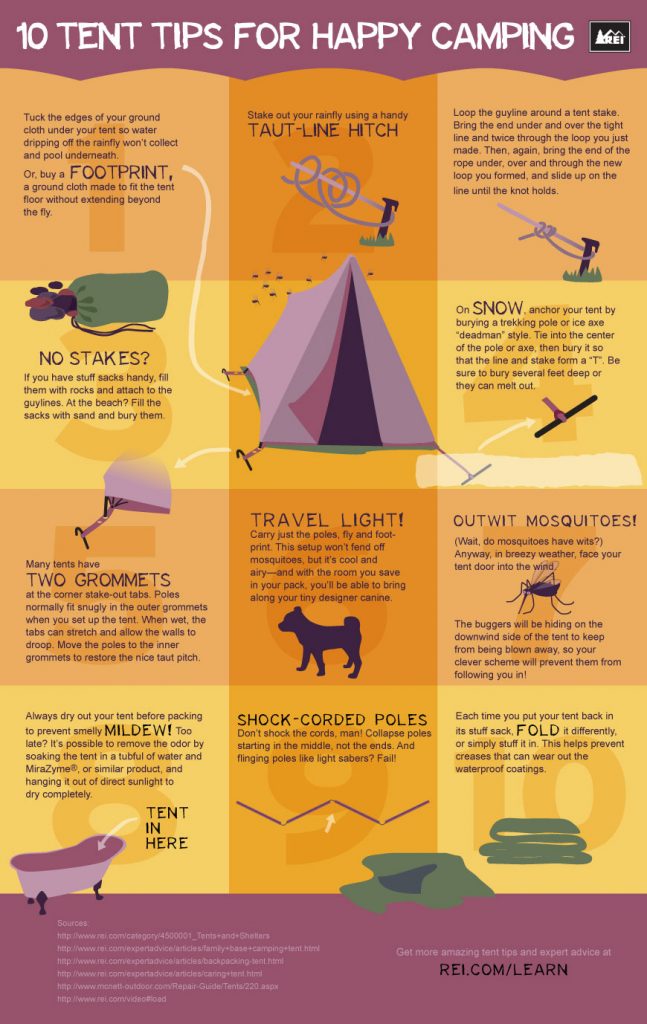Range jacks are essential to risk-free tent range usage, keeping cold air, rainfall, snow, pests and even flammable combustible materials out of the camping tent. But, they're not without their mistakes. Keep reading to find out about usual mistakes campers make when fitting their oven jacks, and just how you can prevent them at your camping area.
Product Compatibility
When buying a range jack, see to it it is made from heat-safe materials. The fabric made use of to make the jack should also be durable and breathable, which will certainly assist to keep the tent cozy and completely dry when it remains in use.
As soon as you have actually discovered a stove jack that is compatible with your camping tent, it's time to choose where you intend to install it. Normally, it's best to position the stove in the center of the tent to aid keep all areas warm and relaxing, however it is essential to prevent putting it directly up against an outdoor tents wall given that this is a fire risk. Additionally, think about just how simple it will be to reach your range when refueling and cleaning up in the middle of the evening.
Oven jacks are rather straightforward outdoor camping equipment, but they are unbelievably critical for securely using an outdoor tents stove in any kind of climate condition. By putting in the time to choose the appropriate dimension and correctly mount your oven jack, you'll be ready for a comfortable outdoor camping experience!
Range Pipe Size
The size of your range pipe is very important to ensure appropriate airing vent and to avoid a fire danger. A small diameter pipe will function great in the majority of tents, but a larger one ought to be made use of with a heavier-duty canvas tent or a Tipi.
When it involves determining the suitable positioning of your cooktop, the facility of the tent is frequently the very best selection. This will certainly aid maintain the whole outdoor tents cozy while decreasing the possibility for smoke to leakage around the sides. It additionally aids protect against warmth from surprising from the cooktop and right into flammable products like walls or ceilings.
When it involves wall and flooring protection, NFPA eco-friendly calls for at least 36" of clearance from flammable wall surfaces. This can be reduced by using an oven guard and a single-wall stovepipe with a protected thimble (if entering into the ceiling, attic room or roofing). Always consult your woodstove manufacturer's proprietor's manual for more information about correct installation.
Cooktop Pipe Length
Besides not being directly up against the wall of the tent (where it could be a fire hazard) there isn't really an incorrect area for a cooktop jack. It's simply a matter of preference, relying on just how simple it will be to grab refueling and how close it will be to the entrance of your tent.
However, if you mount your pipe too far out from the stove, cold air and rainfall will certainly have the ability to blow in around the beyond the pipeline. This isn't suitable, as it will certainly make starting your cooktop and keeping a good draft tough.
To determine how much flue pipe you'll need, measure the distance from where your outdoor tents's range will certainly rest to your smokeshaft opening. Then subtract two inches since each area of pipeline overlaps. The number you get is the quantity of pipe you'll require to purchase. Thankfully, mounting range pipelines isn't difficult and requires marginal devices.
